DIY HomePod From ANY Speaker
by elwoodleach in Circuits > Apple
31205 Views, 156 Favorites, 0 Comments
DIY HomePod From ANY Speaker
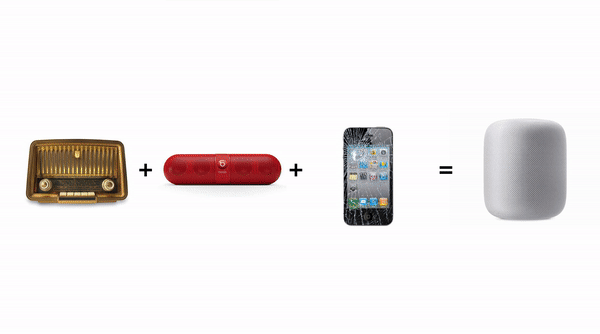
Build your own Apple HomePod smart speaker for free!
This Instructable takes less than 20 minutes if you have the right stuff.
You will need:
- ANY Old/broken iPhone (4s or later)
- ANY Portable speaker
- ANY Speaker enclosure
You may need:
- Solder or Tape
- Glue
- Screwdriver set
Source Components
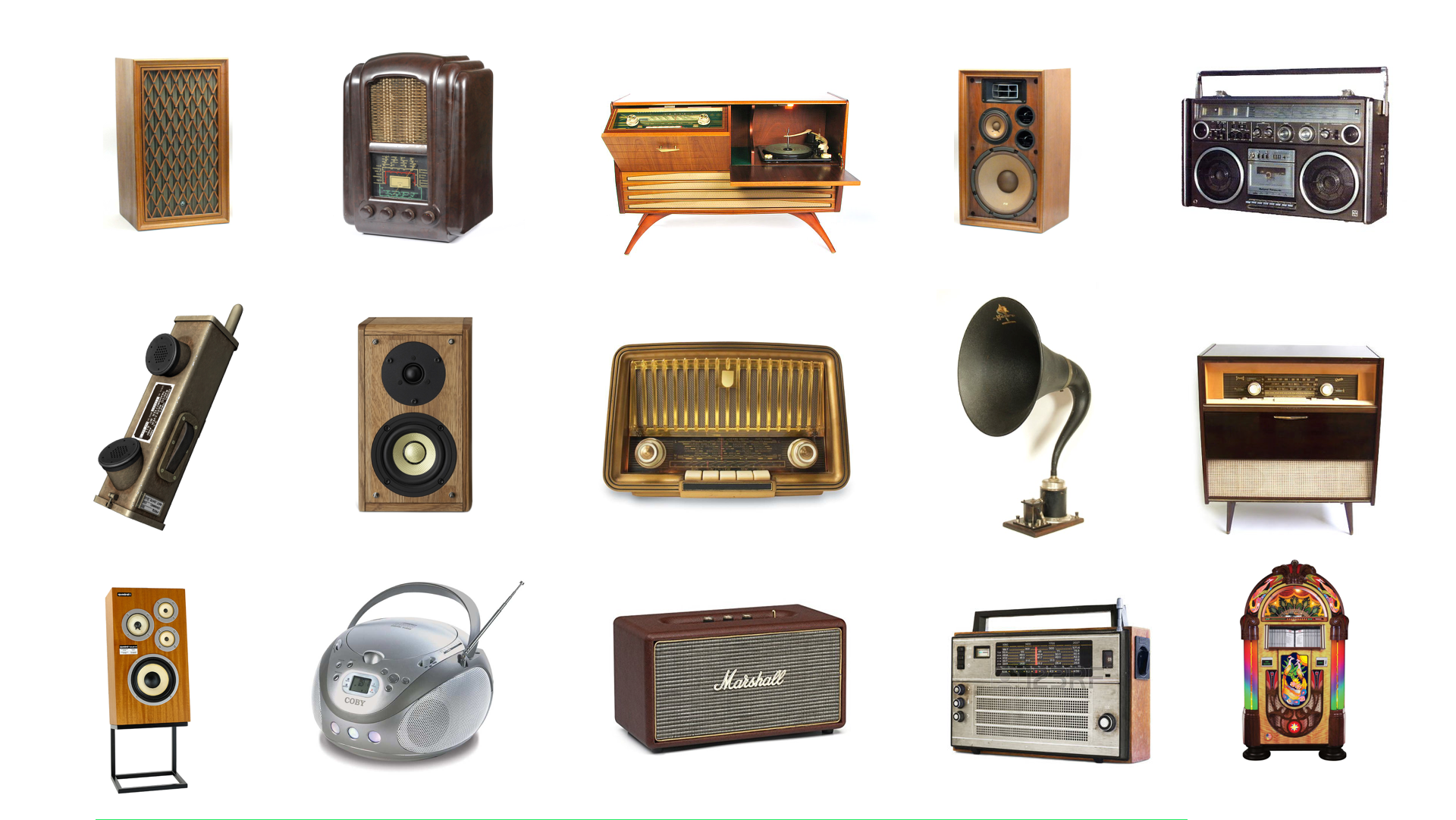
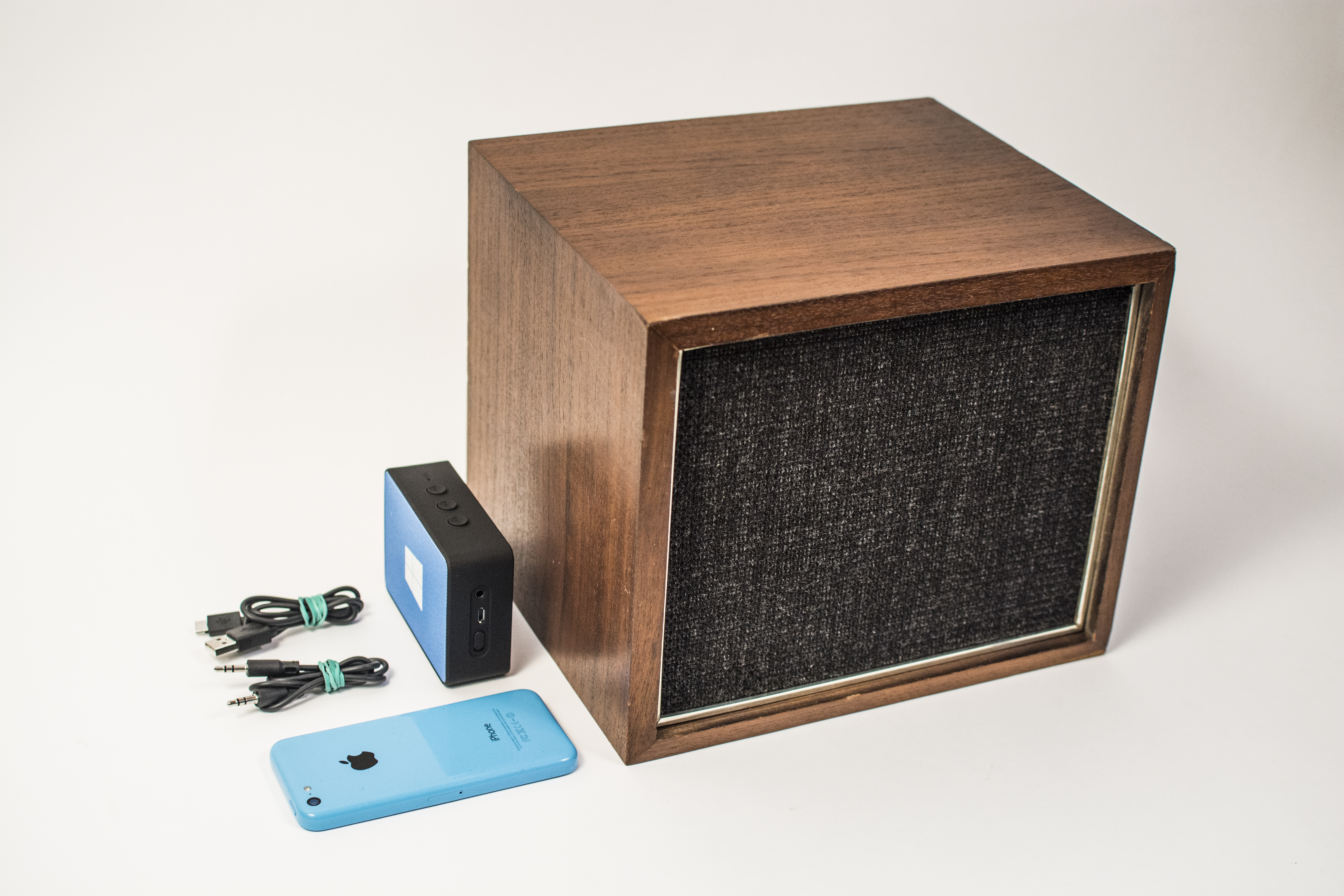
The DIY HomePod consists of 3 components. You should be able to find most, if not all, of these lying around the house in junk draws or in a friends junk draw.
iPhone (including charging cable and charger)
Any old iPhone 4s or later will work. Apart from the touch screen, wifi and headphone jack, the phone does not need to be fully functional. We will be using the iPhone to connect your DIY HomePod to the internet and access Siri. Ask your friends before ebay (~US$10).
Portable Speaker (including charging cable, charger and audio cable)
Any bluetooth or auxiliary portable speaker will work. Sony, Bose, Jawbone or any unbranded novelty give-away speaker will do. The portable speaker will ideally have a microphone but isn’t necessary (if it has any calling or voice conference functionality it has a microphone). We will be using the portable speaker for its amplifier and microphone. Search your junk draw before Amazon (US$15).
Audio Enclosure
We will be using the audio enclosure to encase your HomePod. Find the coolest looking bookshelf speaker, old radio, guitar amplifier, walkie-talkie or Furby. Anything with a speaker and a large enough cavity to encase the iPhone will work. Search your home or local thrift shop before ebay (US$10 - US$100).
Note: In this Intractable I used an iPhone 5c, Windows Boxanne Wireless Speaker and a vintage Pannasonic bookshelf speaker.
Dismantle Audio Enclosure
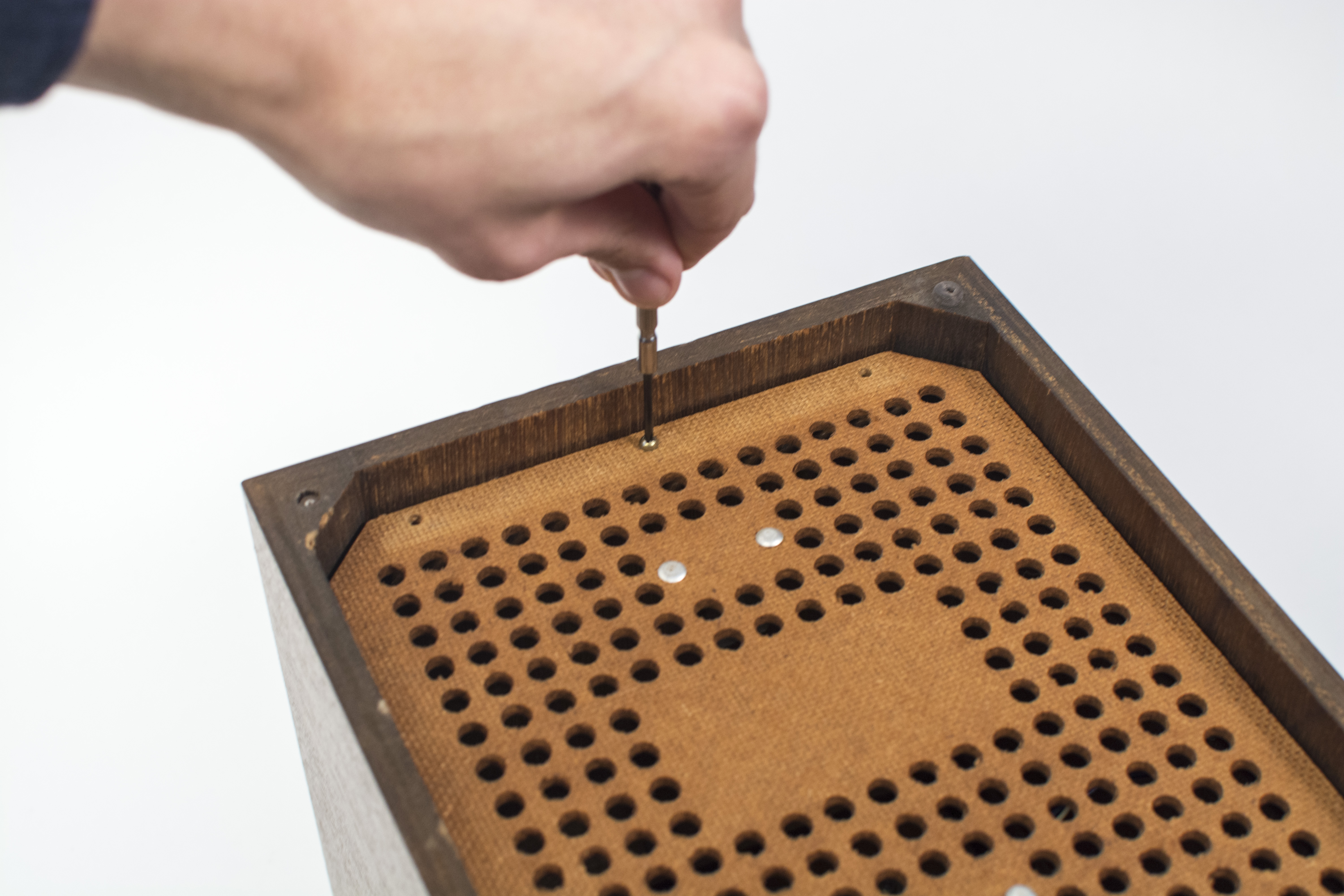
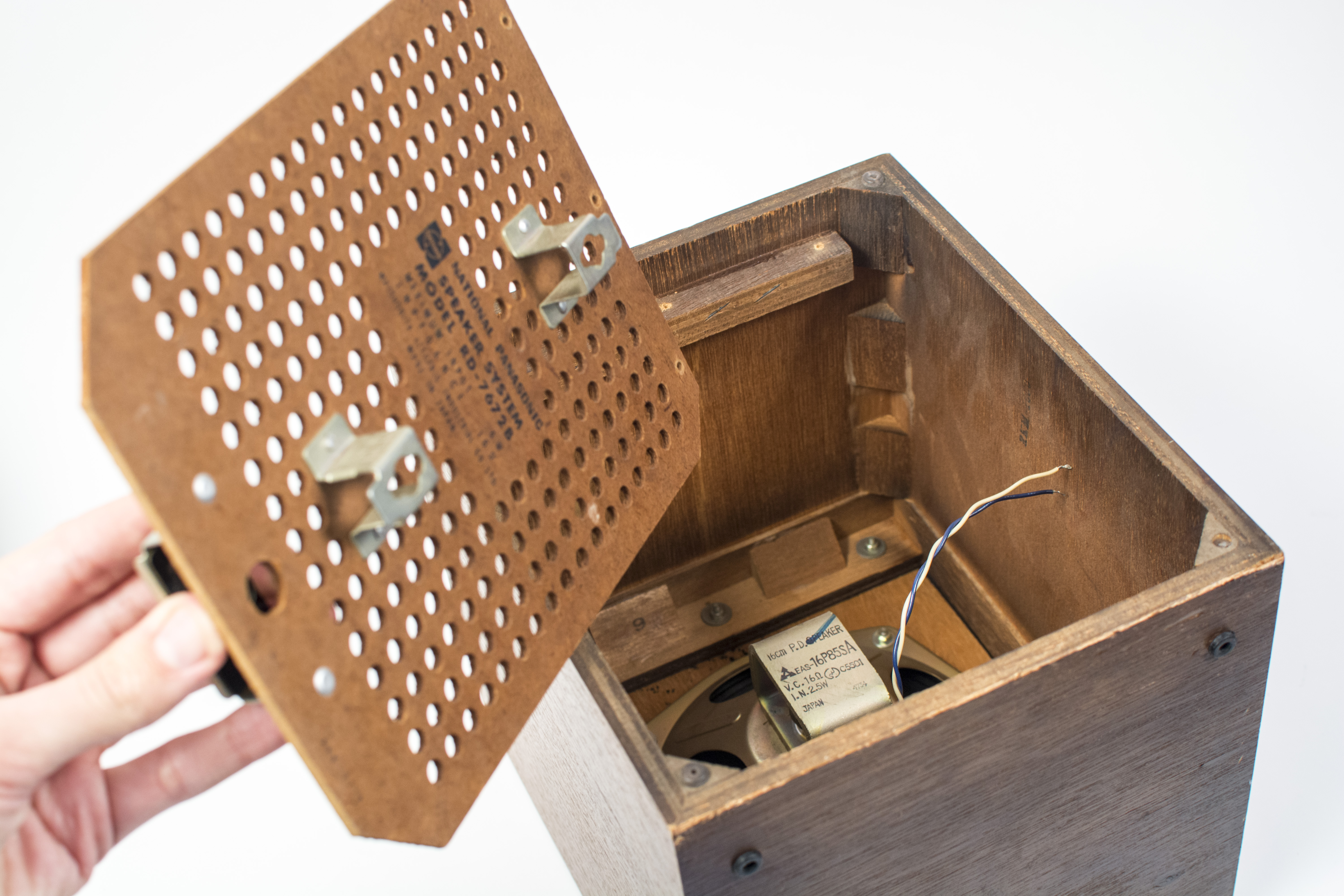
Carefully open the audio enclosure. If you are using an audio enclose that in not just a speaker, like a radio or walkie-talkie, you will need to remove all components from the audio enclosure apart from the speaker.
Dismantle Portable Speaker
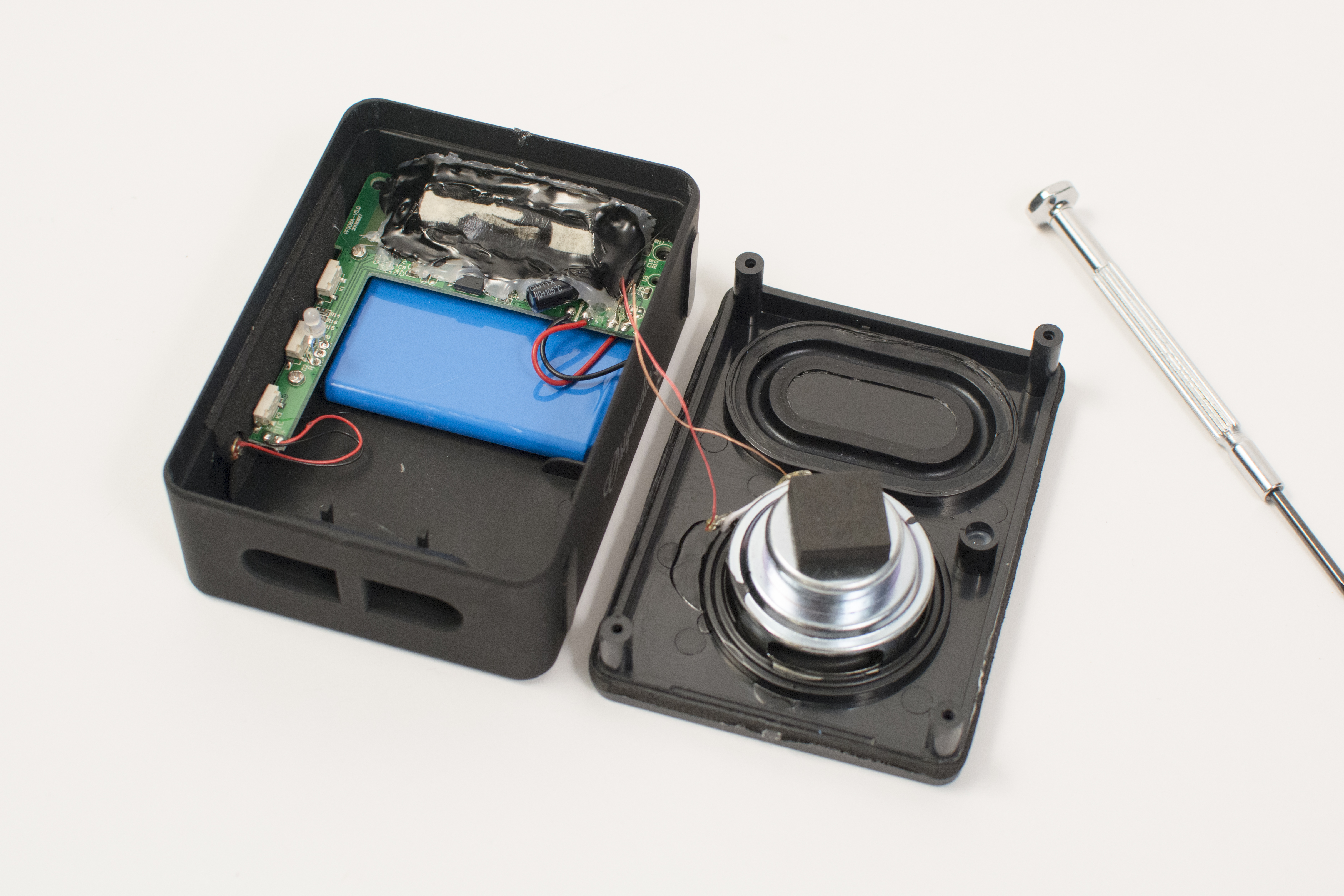
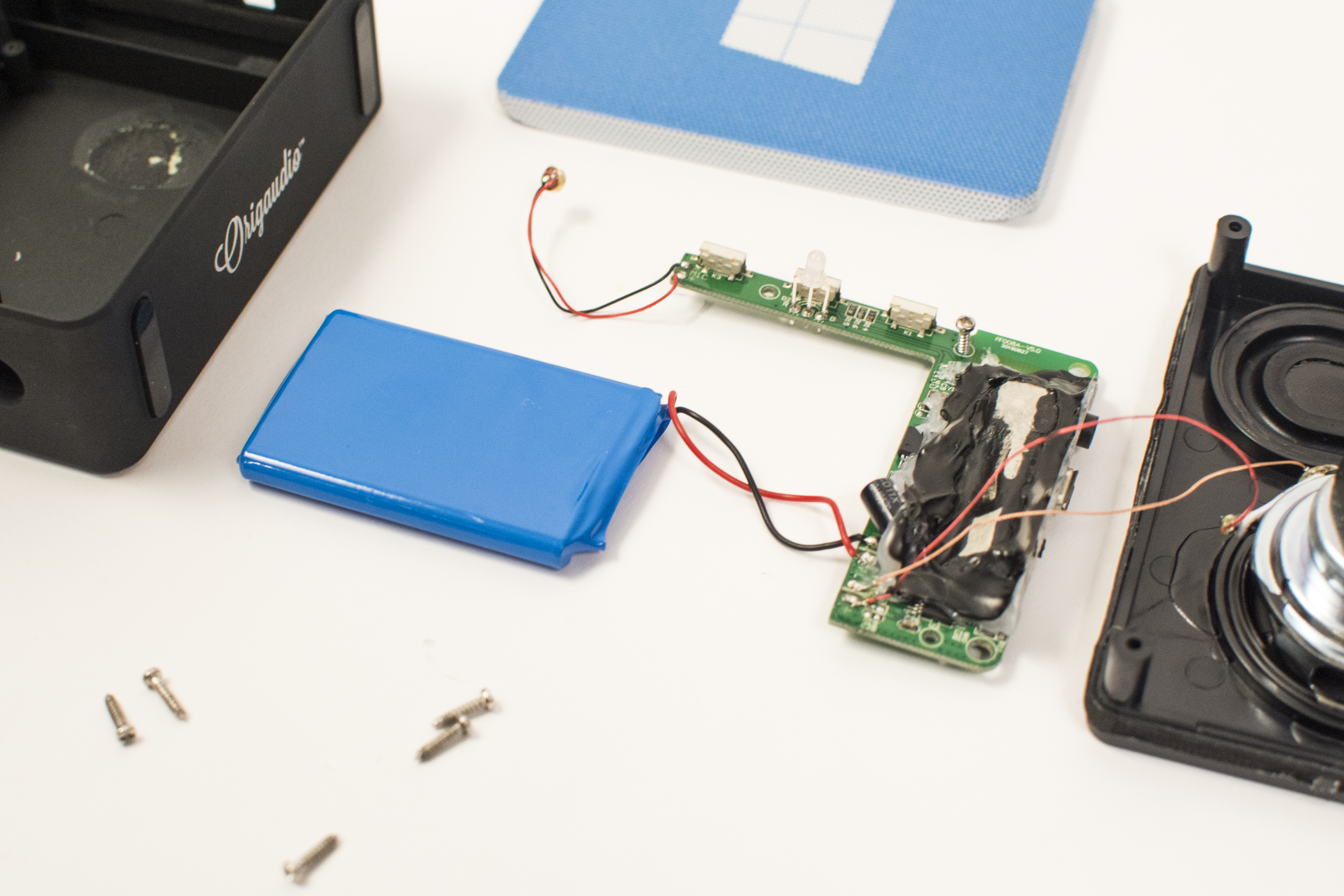
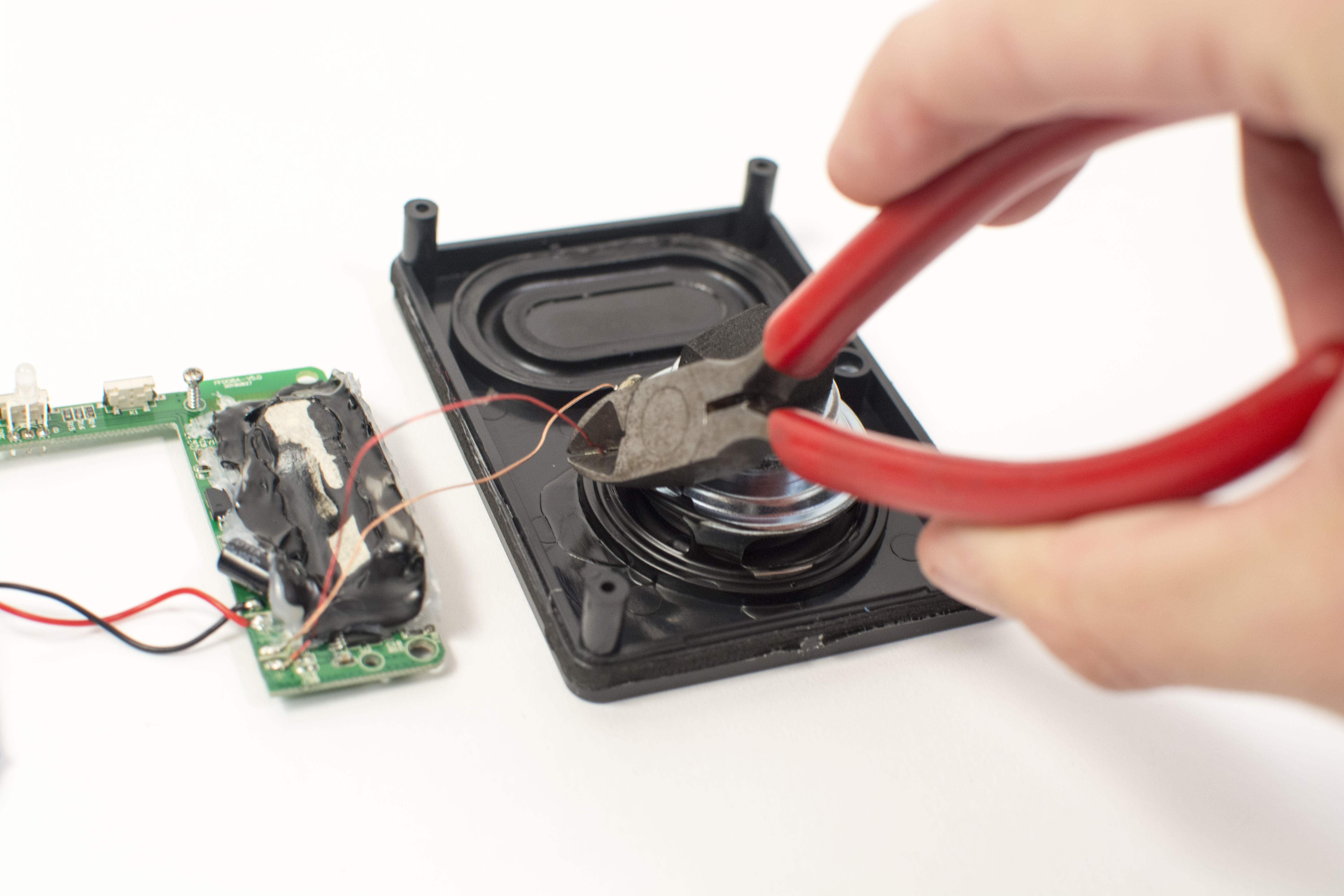
2. Dismantle the portable speaker and remove the circuitboard. Without the case ensure you can still turn the speaker on. Identify the charing jack, audio jack, primary speaker and microphone components.
Setup Siri
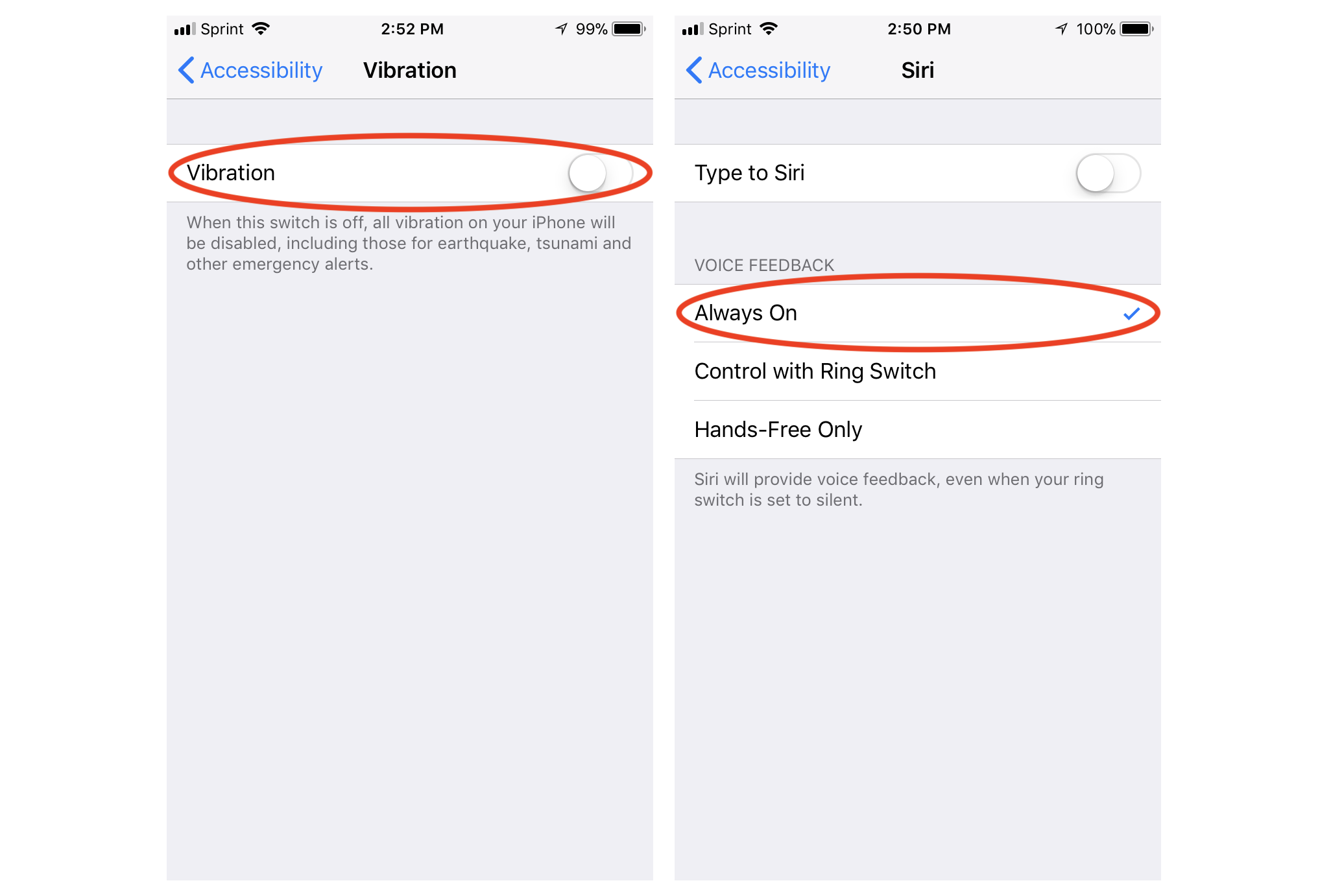
On the old iPhone there are several things you will need to set up:
- Update to the latest iOS
- Turn on Airplane Mode
- Connect to your local wifi network
- Log device into your iCloud account
- Turn Voice Feedback to ‘Always On’ (General > Accessibility > Siri)
- Turn Vibration off (General > Accessibility > Vibration)
“Hey Siri, how’s the weather?” Test Siri on the iPhone.
Connect Everything Together
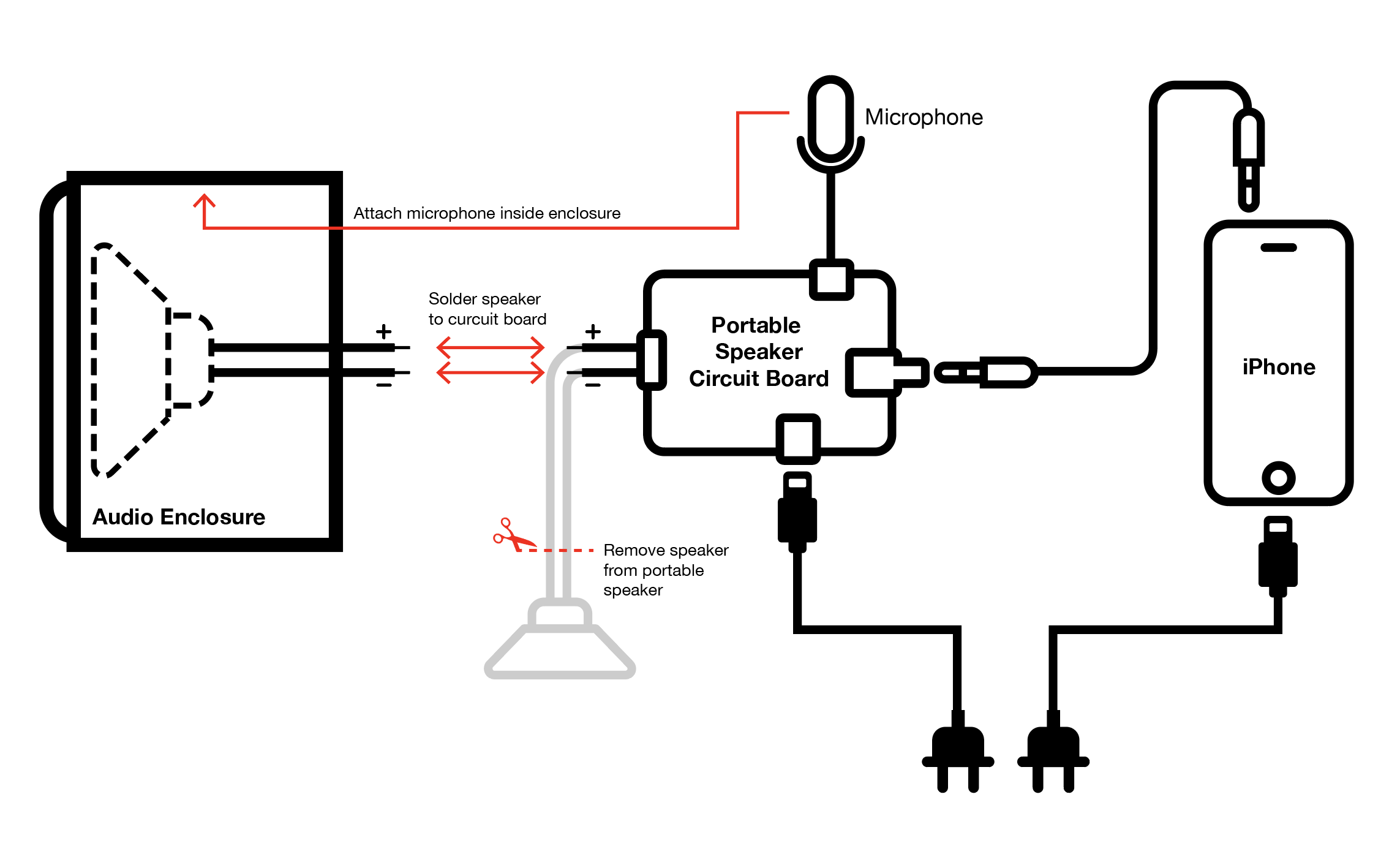
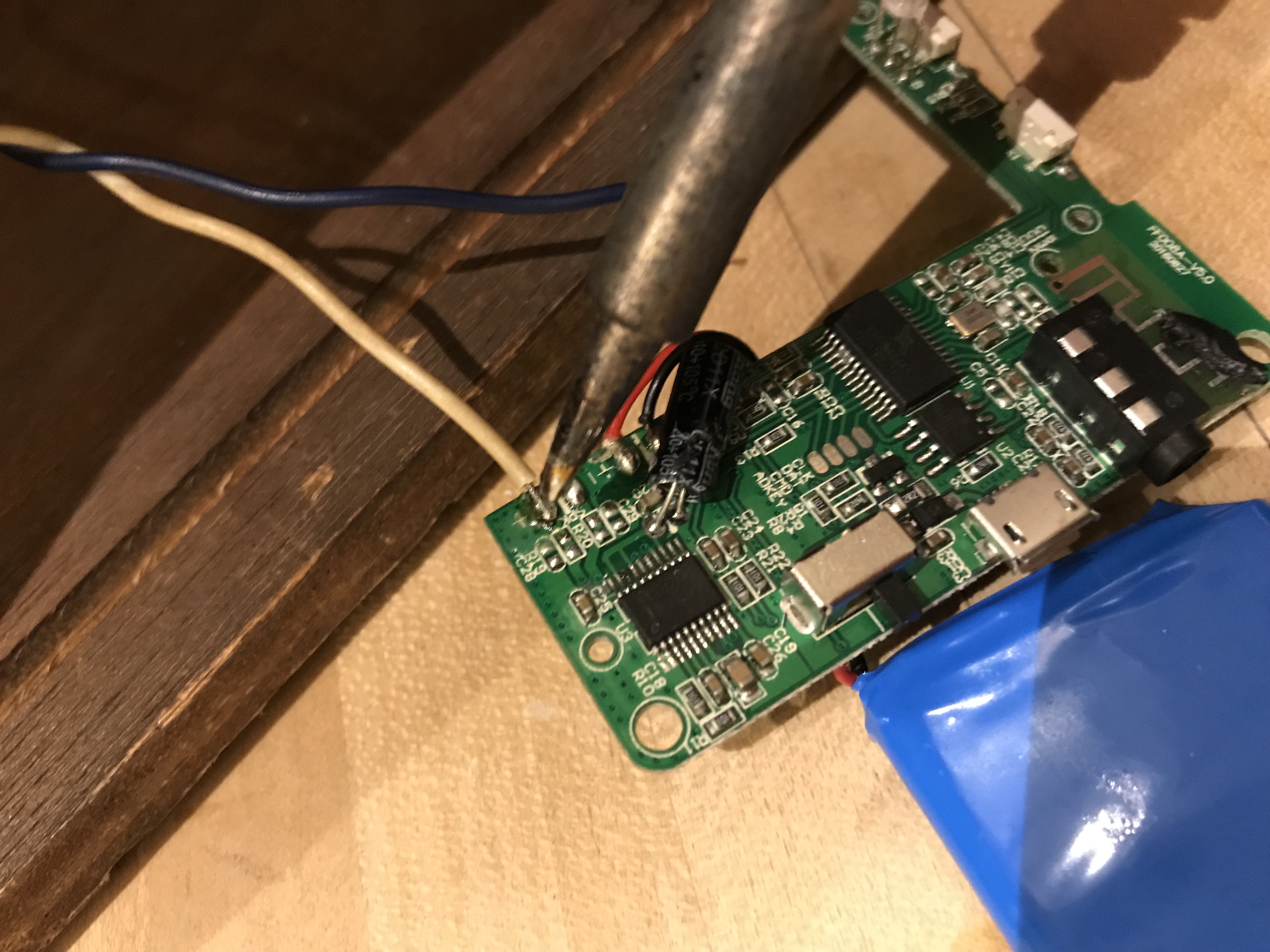
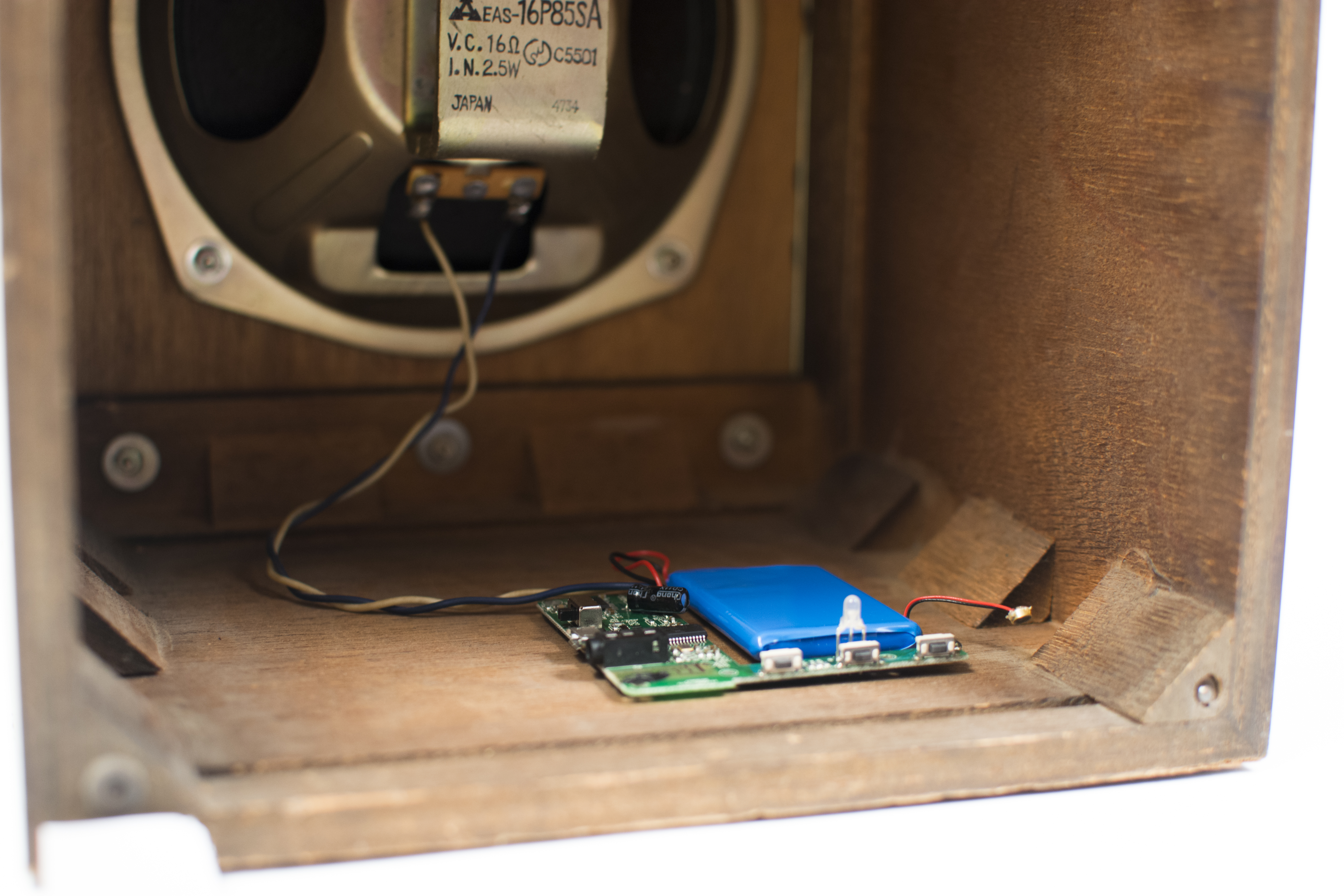

-
Connect the portable speaker to the audio enclosure. To do this you will need to cut the wire connecting the speaker to the circuit board inside the portable speaker and solder it to the speaker inside the audio enclosure. If solder is not available to you, you can get away with twisting and taping the wires together. Note: Skip this step if the speaker inside your portable speaker is better quality than the speaker inside your audio enclosure.
- Connect iPhone to the portable speaker with the audio cable.
- Connect iPhone to its charging cable.
- Connect portable speaker to its charging cable.
-
Connect iPhone and portable speaker charging cable out of the audio enclosure. (This may require you to drill hole in the back of the audio enclosure.)
“Hey Siri, how are you feeling?” Test if Siri still works. Their voice should come from your speaker. If not, see step 6 for trouble shooting.
Position Microphone
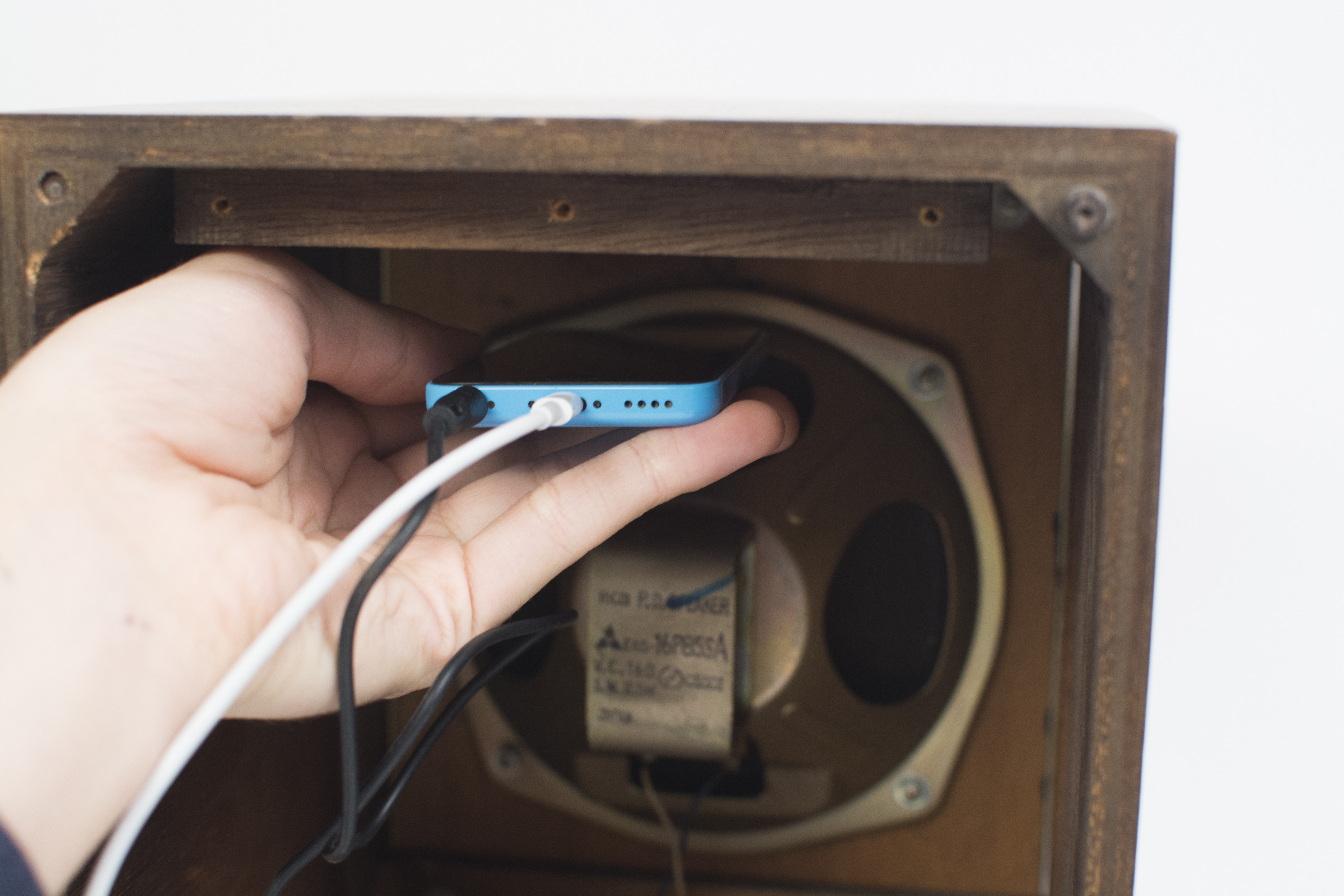
Position the microphone where it will best be heard.
NOTE: The microphone that is used will depend on the type of cable you used to connect the iPhone to the portable speaker.
If your audio cable has 3 segments the iPhone microphone will be used. Siri uses the microphone positioned in the front ear piece.
If your audio cable has 4 segments the microphone in the portable speaker will be used.
Fit It Back Together
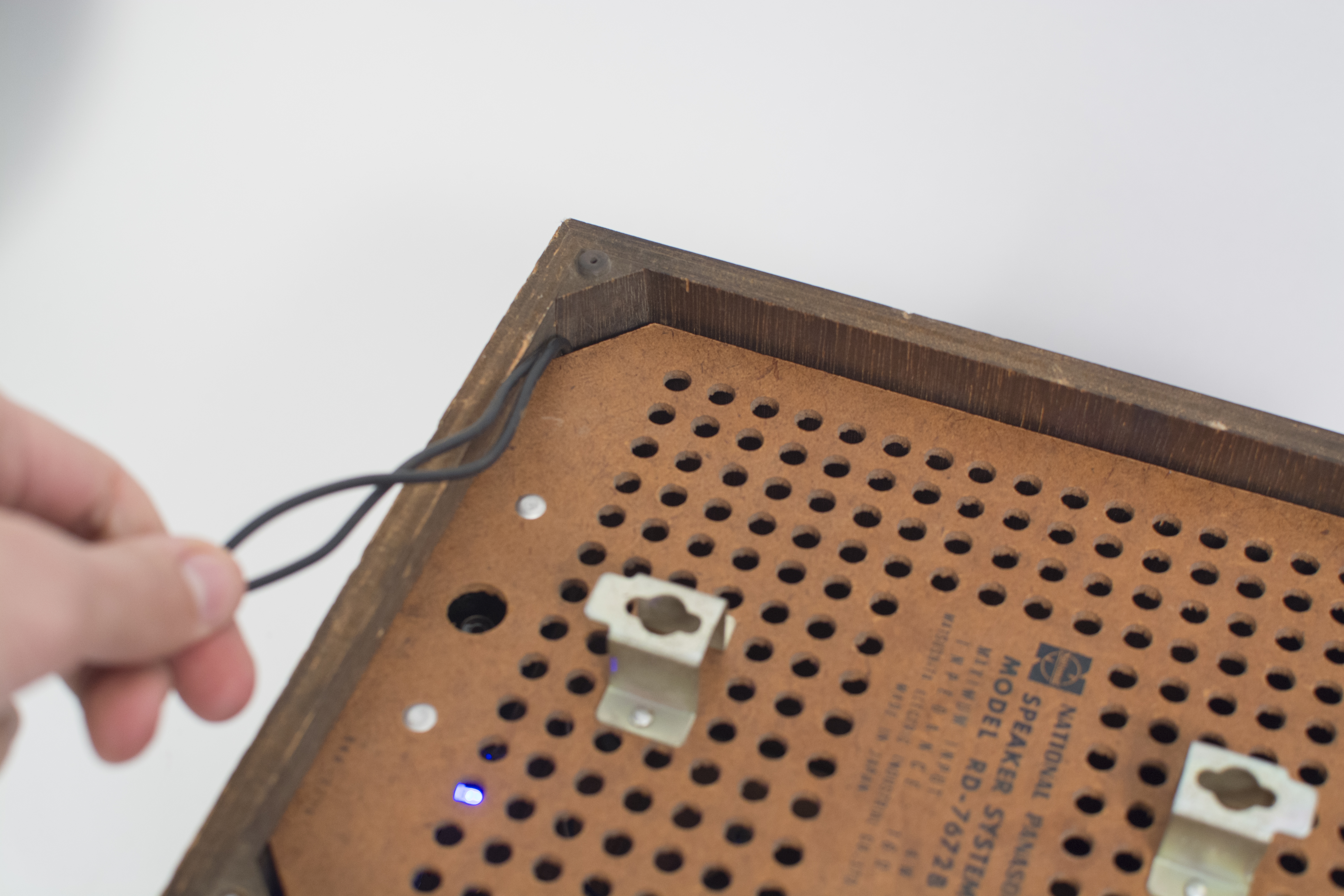
Make sure the iPhone and portable speaker is turned on and charging. Fit everything into the audio enclosure and screw it back together. If components are loose or if there is any strain on the wires you will need to tape or glue your components inside the audio enclosure.
Plug the charging cables into power adaptor. (You will need to use 2 separate power adaptors or the speaker will crackle.)
“Hey Siri, where are you?” Your DIY HomePod is ready to go!
Finished / Trouble Shooting
Please post a picture of your DIY HomePod in the comments bellow!
Trouble Shooting:
If you encounter any issues please reach out and I'll add it to this section.
No response from Siri:
- Have you unlocked the iPhone after it’s been restarted?
- Is the microphone connected? If your portable speaker has a microphone, the iPhone will detect it and you must use this microphone. Otherwise you will need to position the iPhone’s built in microphone inside the enclosure.